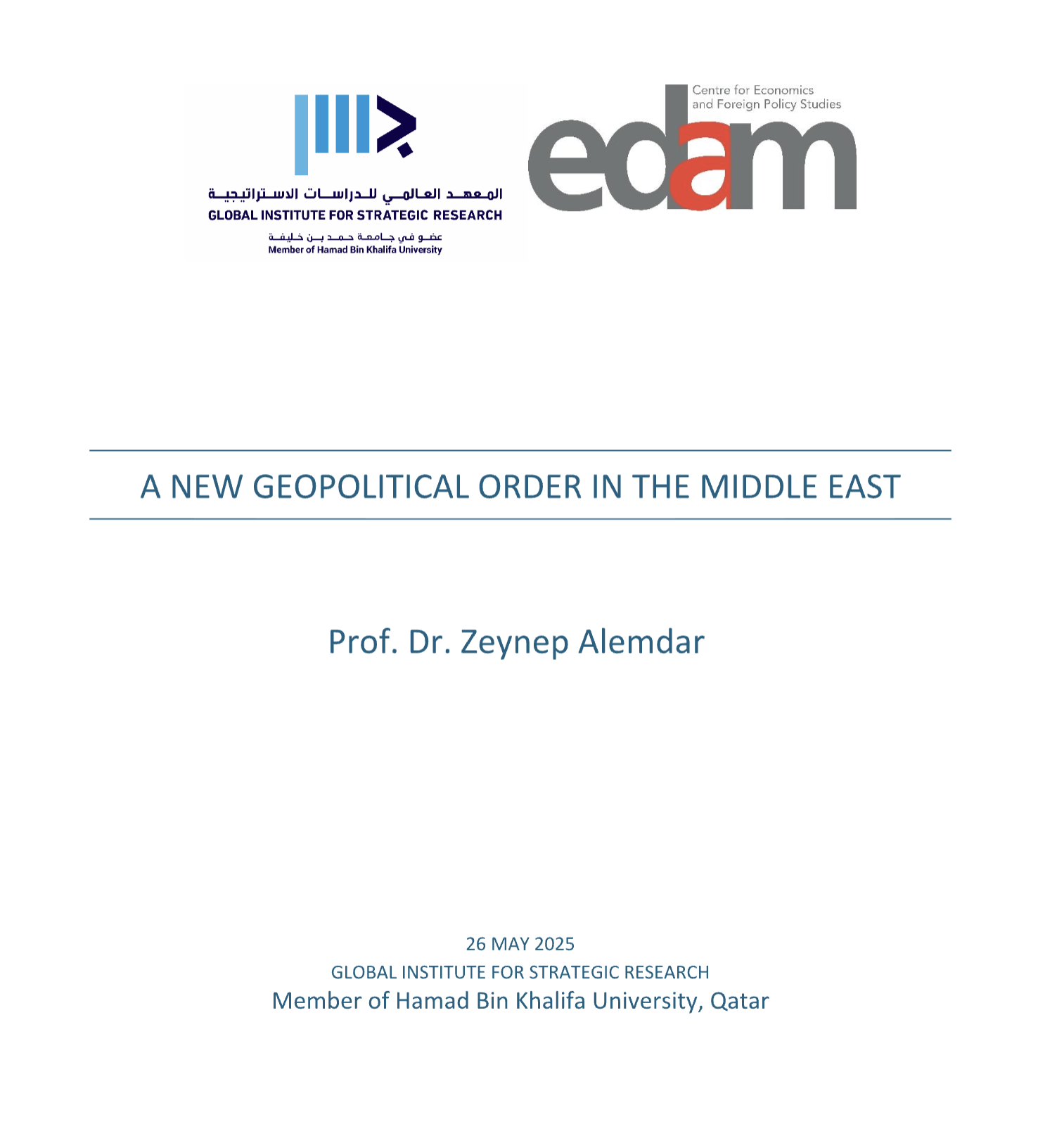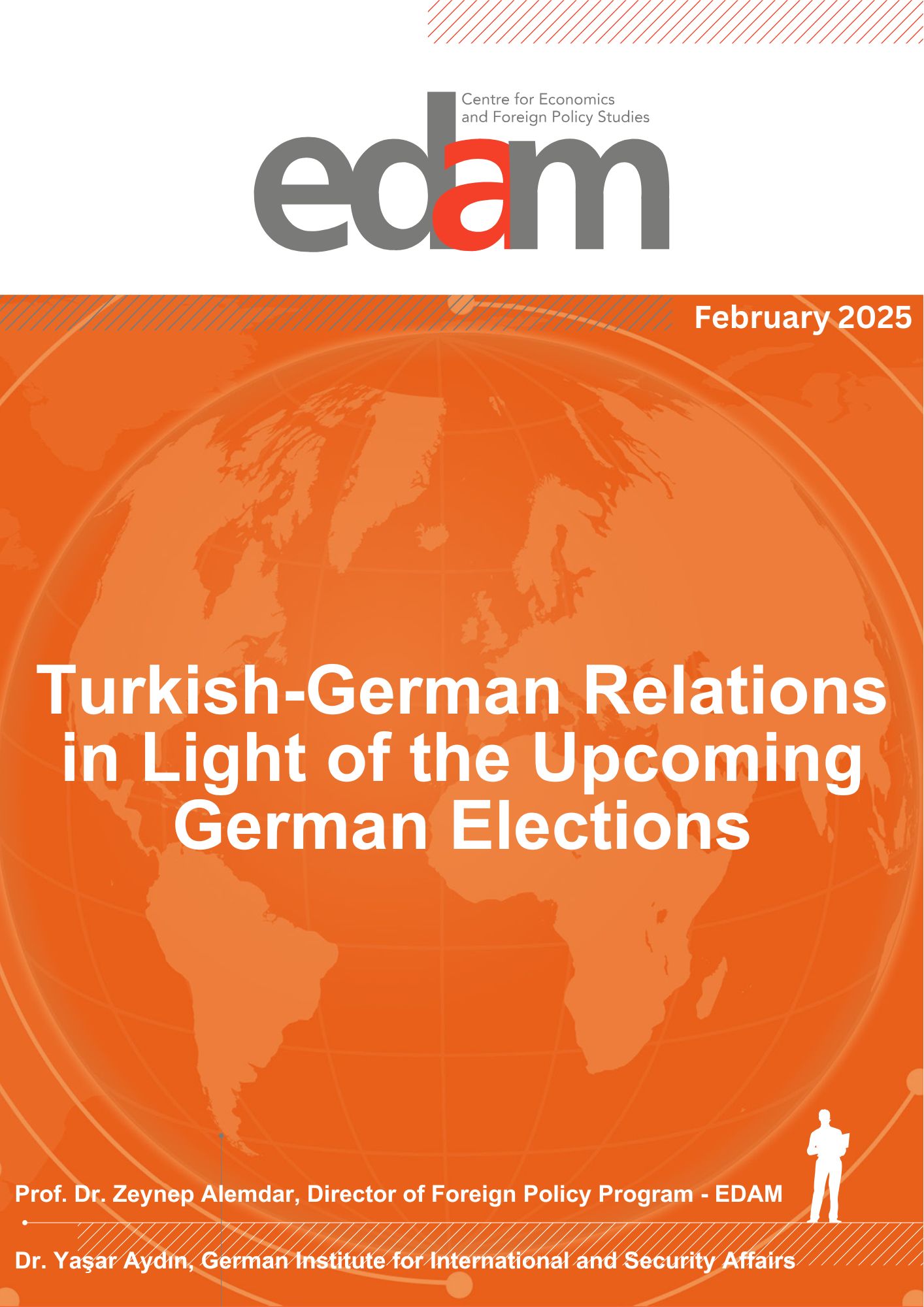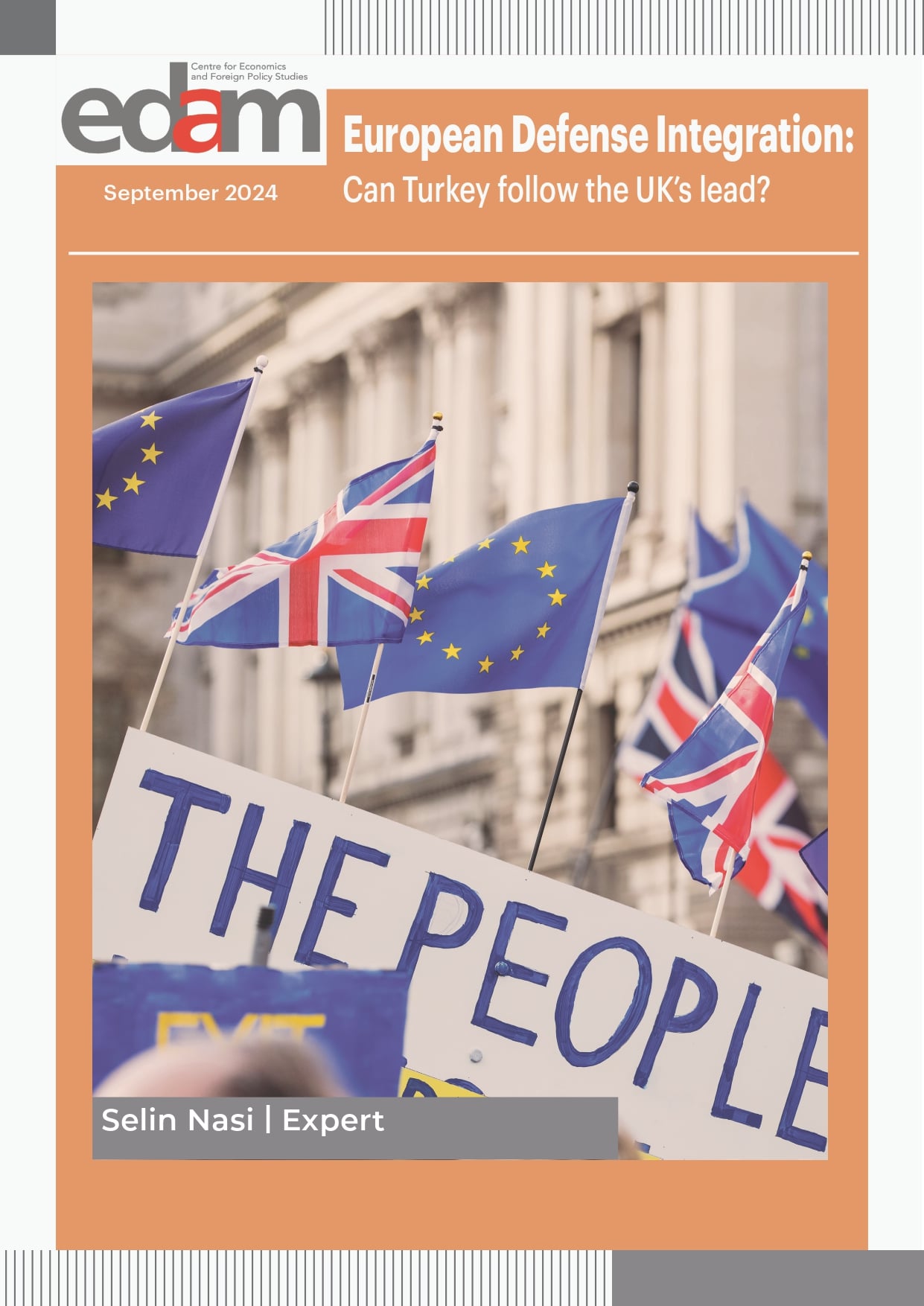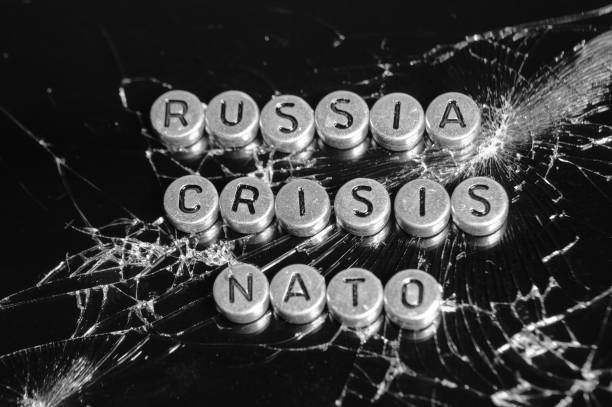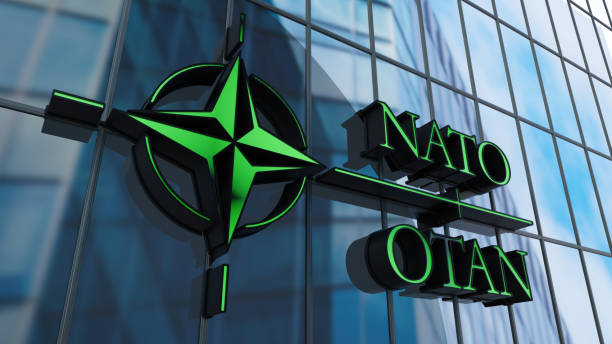Raporun tamamına ulaşmak için tıklayın
Click here for the full report
Key Judgements
- Regional security cooperation with the Russian Federation and the acquisition of Russian arms are often conflated by Turkish strategic community. While the former enabled Ankara’s key cross-border counter- terrorism campaigns in Syria (Operation Euphrates Shield and Operation Olive Branch), the latter, especially in the strategic weapons segment, remains a more complex issue that would inevitably put Ankara at odds with NATO circles.
- Turkey has registered meaningful progress in designing and producing its own arms in recent years. Turkish defense industries manufacture advanced weaponry, including combat-proven armed drones that offer one of the best solutions in the tactical and medium altitude / long-endurance (MALE) classes. Turkish defense industry’s capabilities are on the rise in a broad array of categories ranging from corvettes to main battle tanks and multiple-launch rocket systems (MLRS). However, long-range, strategic surface-to-air missile (SAM) systems still remain a shortfall for the burgeoning national military- industrial complex. Moscow’s S-400 offer aims to capitalize on this capability gap, while taking advantage of Ankara’s strained relations with its traditional NATO allies.
- Without a doubt, the Russian SAM system is not Turkey’s only option. At the time of writing, the US’ Patriot offer could be a game-changer (there is also an ongoing cooperation between Turkey and the EUROSAM, but this remains rather for a long-term co-production project). Besides, the cost of the S-400 acquisition (first and foremost the risk of putting the F-35 deliveries and the existing F-16 arsenal in jeopardy) could well dwarf its advantages. However, due to the lack of adequate track 1.5 diplomacy channels in Turkey’s transatlantic ties, in addition to the harsh rhetoric of top Western political-military figures, the S-400 issue is now perceived as a national sovereignty matter by the Turkish strategic community, something that is hard to explain in purely rational military-technical terms.
- Russia has to diversify its export markets since China and India (especially Beijing) are increasingly becoming ‘saturated’ due to these nations’ growing industrial capabilities and appetite for more technology transfers in advanced arms. Therefore, Moscow is seeking new markets in Latin America and Southeast Asia. Notably, wealthy Gulf nations also offer lucrative opportunities.
- Entering Turkey’s strategic weapons market would provide Russia with strong political leverage over Ankara’s Western allies that could even dwarf the defense economics dimension of the S-400 deal. In case Turkey is excluded from the F-35 project and exposed to the US CAATSA (Countering America’s Adversaries Through Sanctions Act) sanctions, Ankara’s transatlantic ties will be irreparably damaged. This foreign policy ‘achievement’ carries more value for the Kremlin than any weapons sales could ever have. The S-400 deal is more than an arms deal in this regard.
- Many ideas, ranging from the Su-57 and Su-35 aircraft acquisition to S-500 co-production, were voiced about the future trajectory and prospects of Turkish – Russian defense cooperation so far. In the near future, however, the most probable category could be short-to-medium range air defense systems to ensure a deep, layered and reliable SAM configuration in case the S-400 deal materializes.
- From a political-military standpoint, there is almost no way forward for the Turkish – Russian military cooperation that would not cause NATO reactions. Turkey’s national defense industry now produces high-end tactical, conventional arms and even successfully exports them. In other words, what Ankara needs is more high-tech and strategic weapon systems with a co-production and technology transfers agenda in its military deals. Any Russian cooperation prospects in these fields would be more than enough to provoke Western concerns.
- Turkey looked for non-NATO options for its defense needs before. Israel and South Korea were the most notable examples in this regard. The latter is still a key partner for the Turkish defense industry. Ukraine has recently come to the forefront as an attractive non-NATO defense partner too. However, all these actors are, in one way or another, attached to the Western security architecture. Russia, on the other hand, remains the primary challenge and rival to the West. Thus, in the eyes of the transatlantic community, Ankara’s defense partnership with Moscow may not seem like an acceptable non-NATO option, but an anti-NATO one. As mentioned above, track 1.5 and track 2 diplomacy channels are key to overcome this dialogue of the deaf.
Raporun tamamına ulaşmak için tıklayın
Click here for the full report

